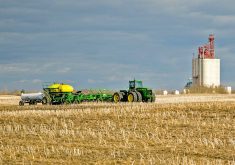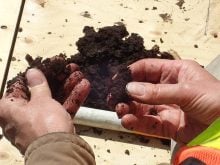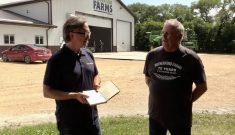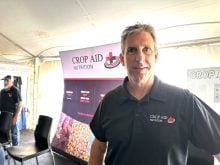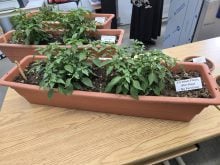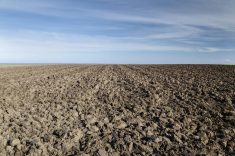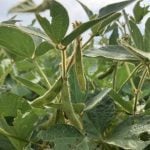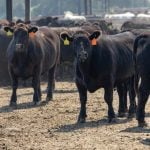Afive-year study by University of Minnesota researchers has found that strip till resulted in several improvements in soil quality compared to no till.
Strip till is a hybrid of conventional tillage and no till, cultivating only the rows where seeds are planted.
“You have some of the soil conservation benefits derived from leftover plant tissue on the soil surface and undisturbed soil structure in the in-between row positions where you don’t till. And then you have the benefits of a better seedbed from tilling the crop rows where you’re going to plant,” researcher Fabián Fernández said in a release.
Read Also

Manitoba boosts stake in cereals centre to $23.5 million
Premier Wab Kinew said the additional project funds will help ‘Trump-proof’ the provincial economy.
Fernández along with other researchers compared soil properties after five years of no till and strip till. Their findings were recently published in Agronomy Journal.
After five years, soil organic matter content was 8.6 per cent greater in the strip-till plots when compared to the no-till plots. Furthermore, bulk density was reduced by four per cent and penetration resistance, the force a root must exert to move in the soil, decreased by 18 per cent.
However, there was no significant change in the water aggregate stability, which tests how stable the soil is against water erosion. The infiltration rate, which is how fast the water moves through the soil, was also unchanged. Fernández said he thinks these properties may form over time.
He said the best place for strip till is in fields with a lot of crop residue and conditions that tend to be cool and wet in the spring and where farmers prefer not to do conventional tillage.



